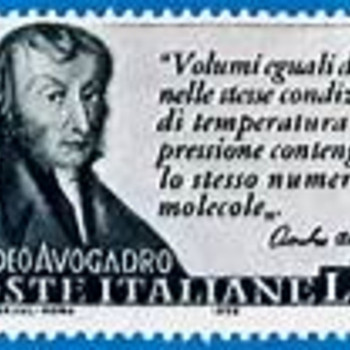We use the Ideal Gas Equation, with #R=0.0821*L*atm*K^-1*mol^-1#.
And thus #n=(PV)/(RT)=(3.48*cancel(atm)xx1*cancel(m^3)xx10^3*cancelL*cancel(m^-3))/(0.0821*cancel(L*atm)*cancel(K^-1)*mol^-1xx295*cancelK)#
#=143.7*mol# (note that the answer has units #1/(mol^-1)=1/(1/(mol))=mol# #"as required"#
And we convert this molar quantity into a mass:
#143.7*cancel(mol)xx32.00*cancel(g*mol^-1)xx10^-3*kg*cancel(g^-1)#
#=4.60*kg.#
Please review my arithmetic. There are no money-back guarantees.
Note that #1*m^3# is a very large volume, and is equal to #1000*L#. Chemists tend to deal with #"litres"# and #mL# and #cm^3# (#1*mL-=1*cm^3-=10^-3*L-=10^-6*m^3#). Of course all the measurements should be equivalent dimensionally, but it is so easy to divide instead of multiply and vice versa.

